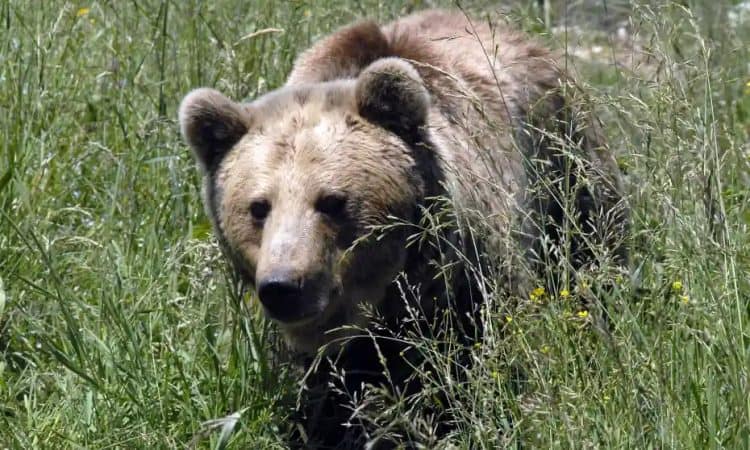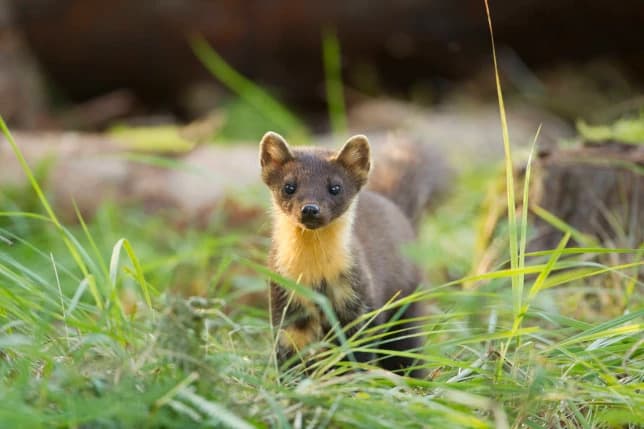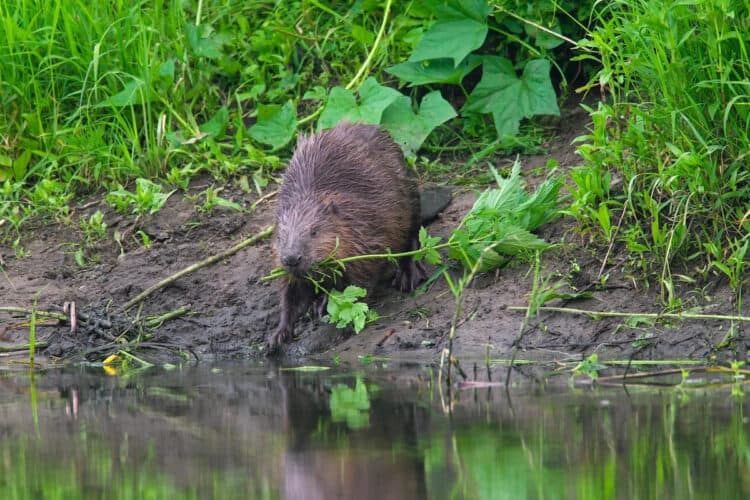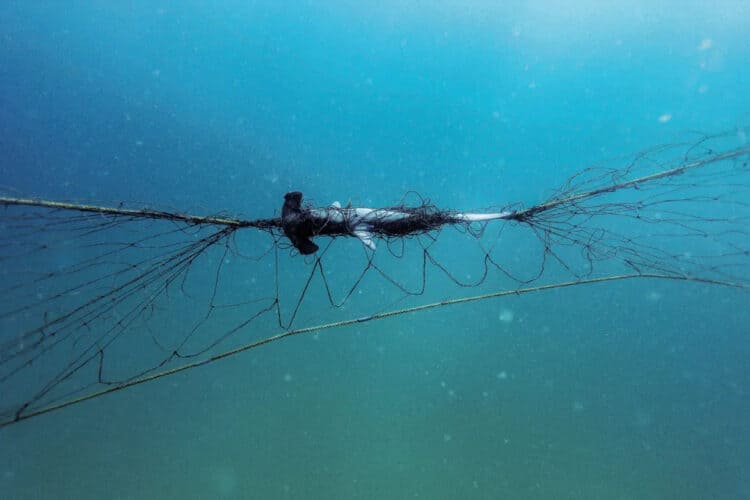Eastern quolls are set to be released on the Australian mainland, 50 years after they were wiped out by a combination of habitat loss and the spread of foxes and feral cats.
The quolls, which once spread from the southern reaches of South Australia up to Brisbane, have not been seen on the Australian mainland since 1963, when a roadkill victim was found in the Sydney suburb of Vaucluse. It is stored in the Australian Museum.
Now an ambitious project aims to release about 40 of the carnivorous marsupials in Booderee National Park in Jervis Bay, NSW. It will be the first uncontrolled release of the quolls since they disappeared from the mainland.

Eastern quolls, which weigh up to 1.3kg and feast on insects, fruit and animal carcasses, are still found in Tasmania. Animals for the release will be taken from wildlife sanctuaries in Tasmania or from Australia Ecosystems Foundation, which has been breeding quolls in Lithgow, west of Sydney.
The project is being overseen by Parks Victoria, managers of Booderee National Park and Rewilding Australia. The Australian National University and Wreck Bay Aboriginal Community Council are also involved.
The park has been cleared of introduced predators such as foxes and has already hosted the release of a small number of endangered poteroos.
Rob Brewster, who heads Rewilding Australia, said the park represented the habitat that typified the last strongholds of the eastern quoll on the mainland.
“We want to get a top order predator back into the park, so we can restore the ecosystem,” he said. “The quolls will eat spiders, cockroaches, that sort of thing, and may also take out rabbits, which is a good thing in terms of pests.
“We want them to breed and disperse. We’d hope that having them back will be a big community engagement tool. We can involve communities in better protection of vegetation because they’ll have this species in the vicinity.”
Brewster said the release should take place next year. But he said it would be “very hard” to restore the quoll to its former range unless fox and cat numbers were drastically reduced.
The federal government, which has voiced its determination to tackle the threat feral cats pose to native species, is holding a threatened species summit in July to discuss, among other things, the reintroduction of animals such as the eastern quoll.
“We have really fragile ecosystems, so people have been frozen in inaction until now,” Brewster said. “People are now realising that inaction is probably more damaging than actively managing wildlife. We need to inject resilience back into the landscape. Hopefully we can make life harder for the feral pests.”

David Lindenmayer, an expert in ecology and conservation at ANU, said he supported the concept of “rewilding”, where species are returned to areas they used to roam, but that the reintroduction of the eastern quolls needed be done carefully.
“There needs to be a careful risk assessment because there have been a few extinctions in the park, including the ringtail possum,” he said.
“That happened since the foxes were removed, which is quite unexpected. It needs to be carefully thought through, because we could create a whole series of messes that we didn’t know about.”
Lindenmayer said the park was one of the last strongholds for the endangered eastern bristlebird and also contained rare vegetation.
The South Australian government recently oversaw the reintroduction of 37 western quolls into the Flinders Ranges national park. The species had not been present in the region for 150 years.
“Rewilding is one of a number of tools for restoring ecological balance,” the federal threatened species commissioner, Gregory Andrews, said. “Of course, there are no panaceas and each situation requires a different mix.
“The evidence is clear that getting the scientific analysis and community engagement right is critical.”
This article was first published by The Guardian on 15 May 2015.







Leave a Reply